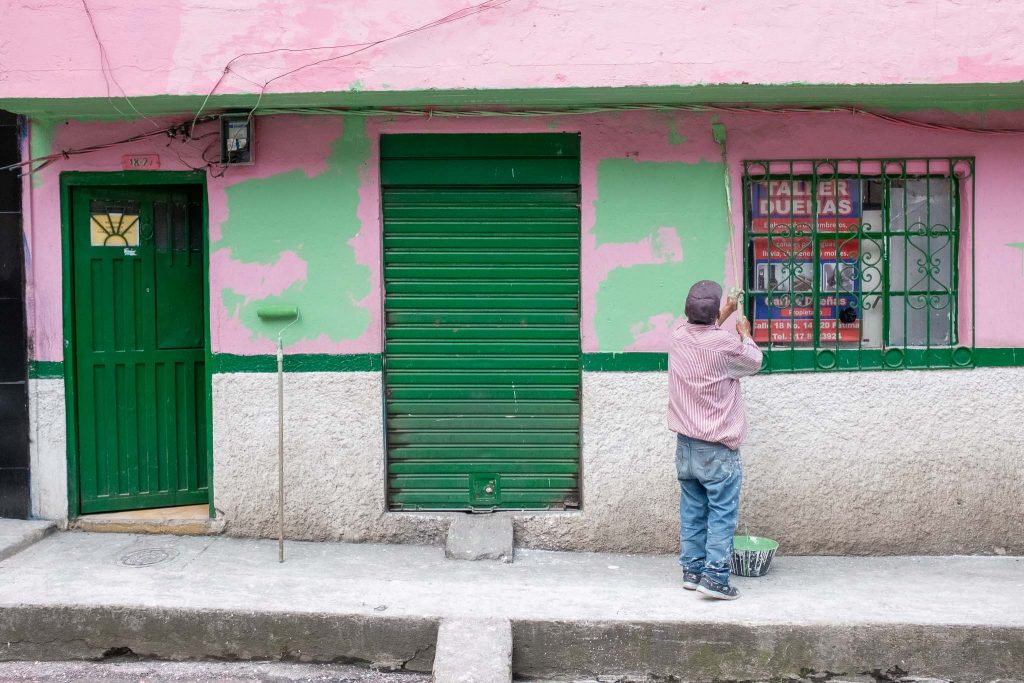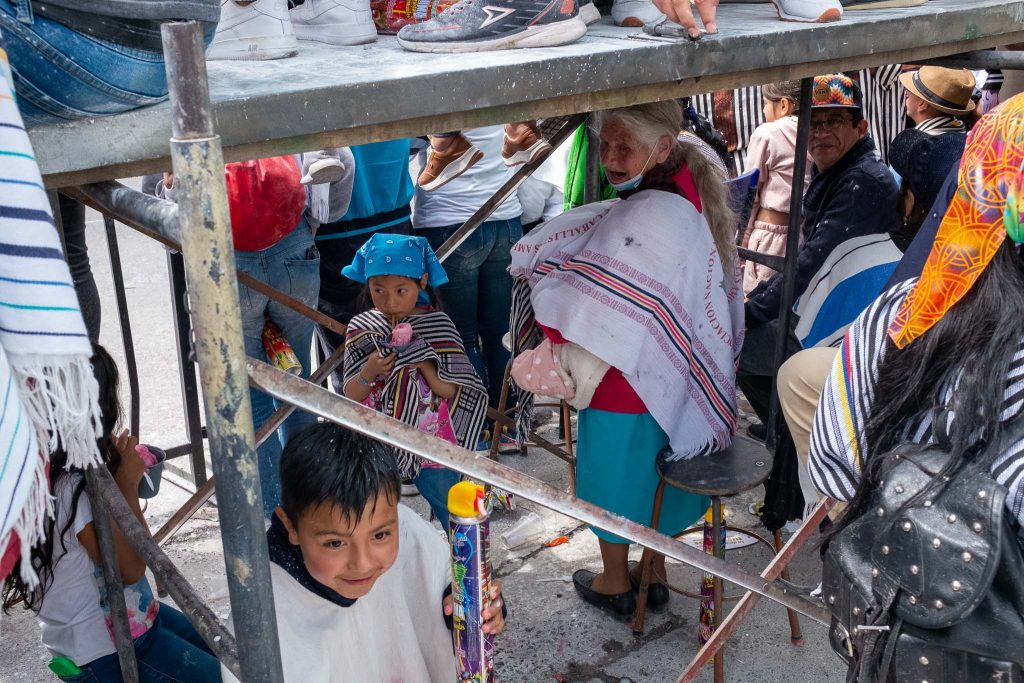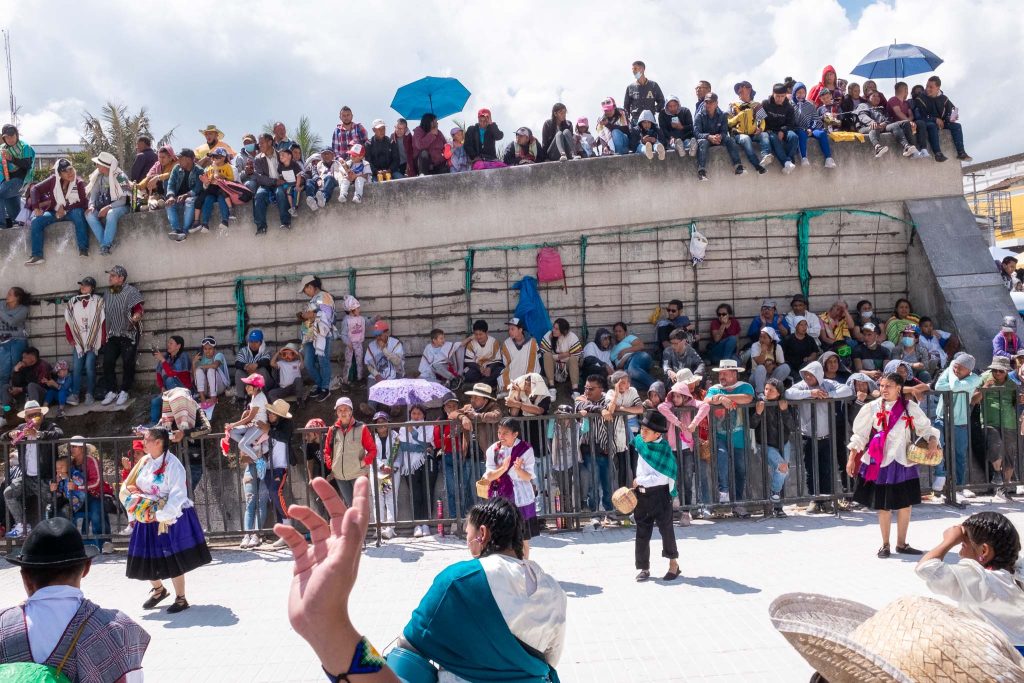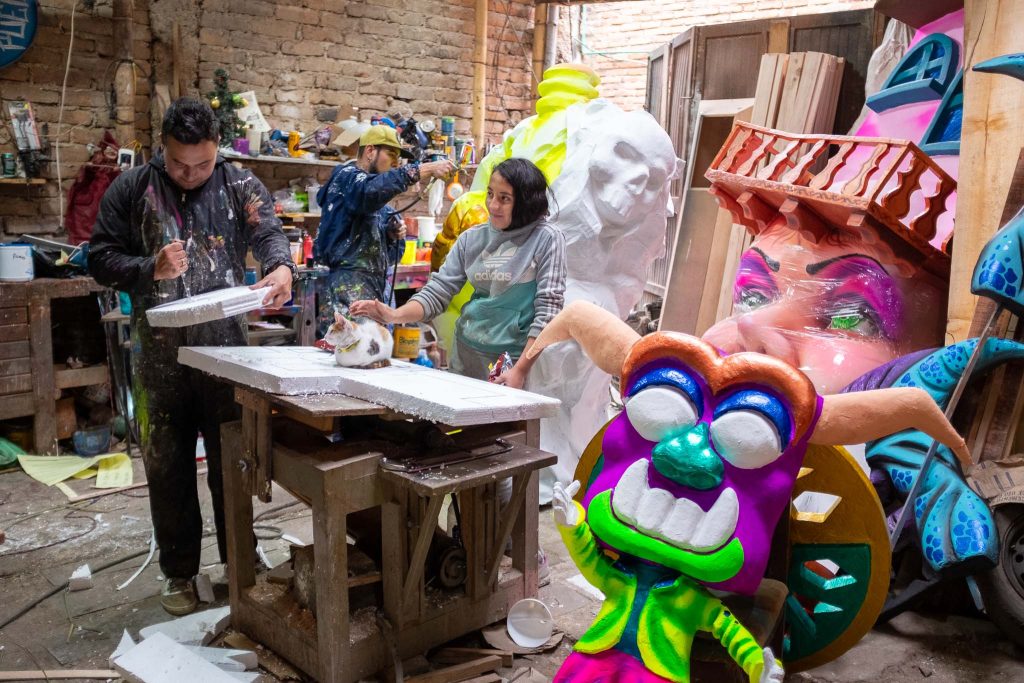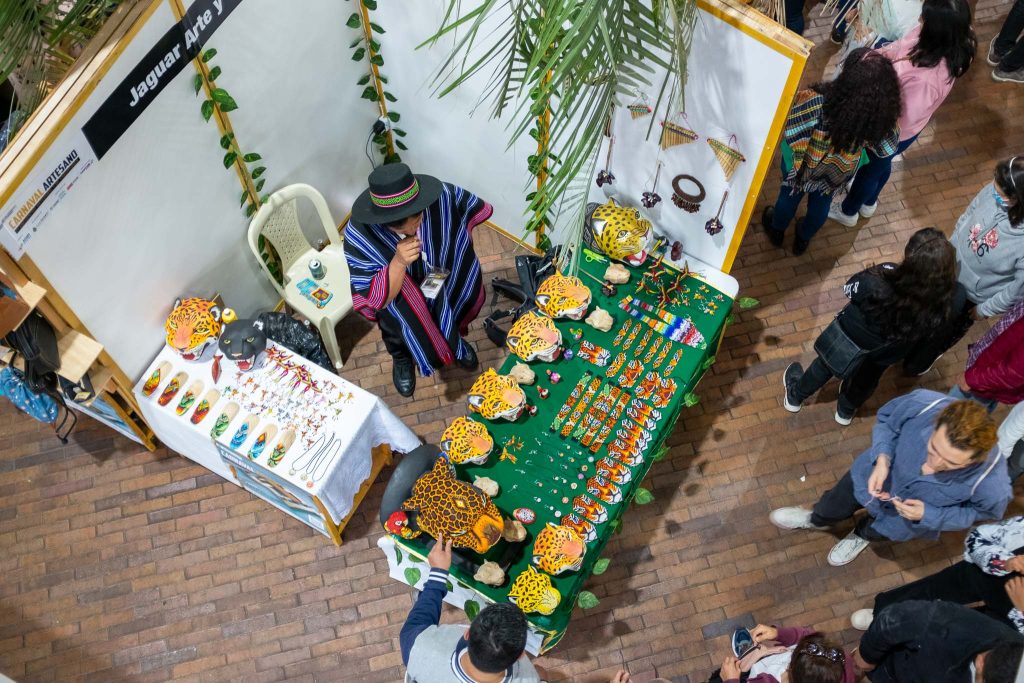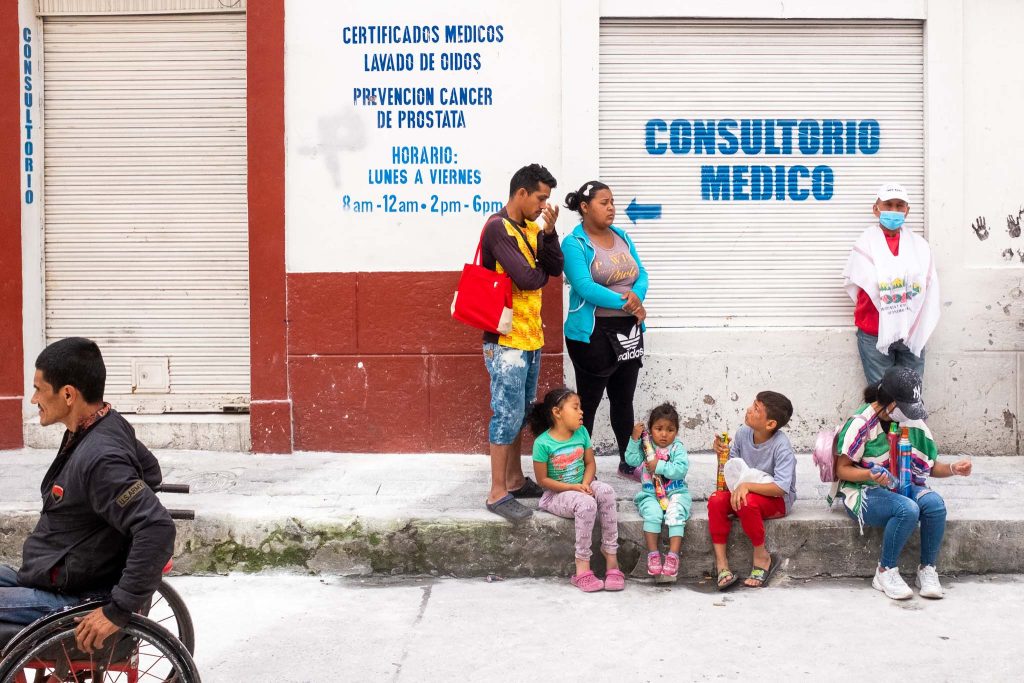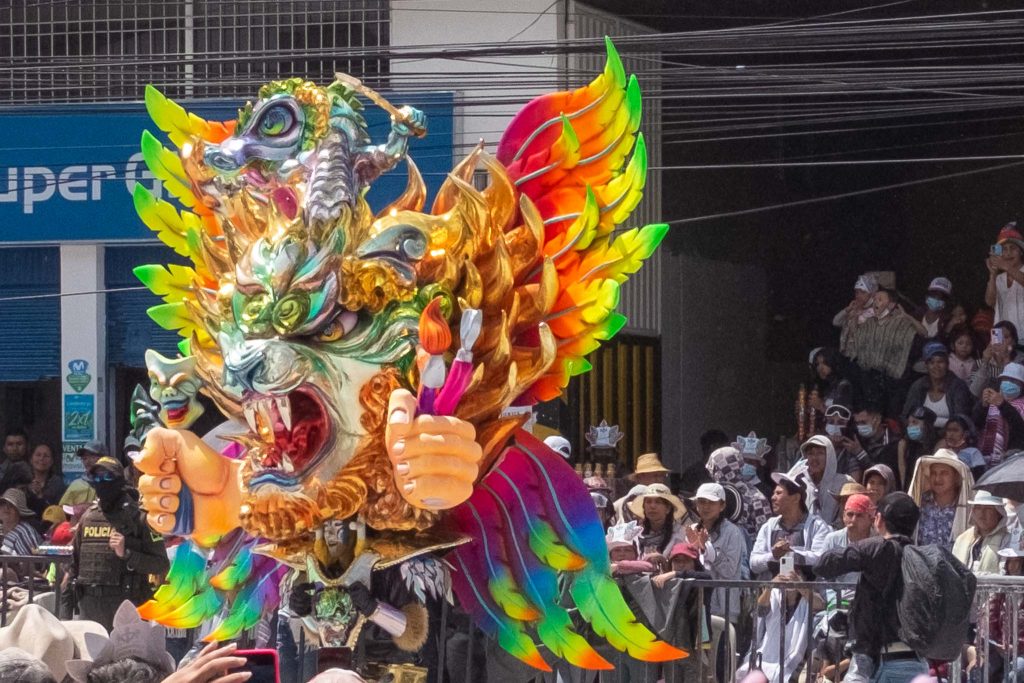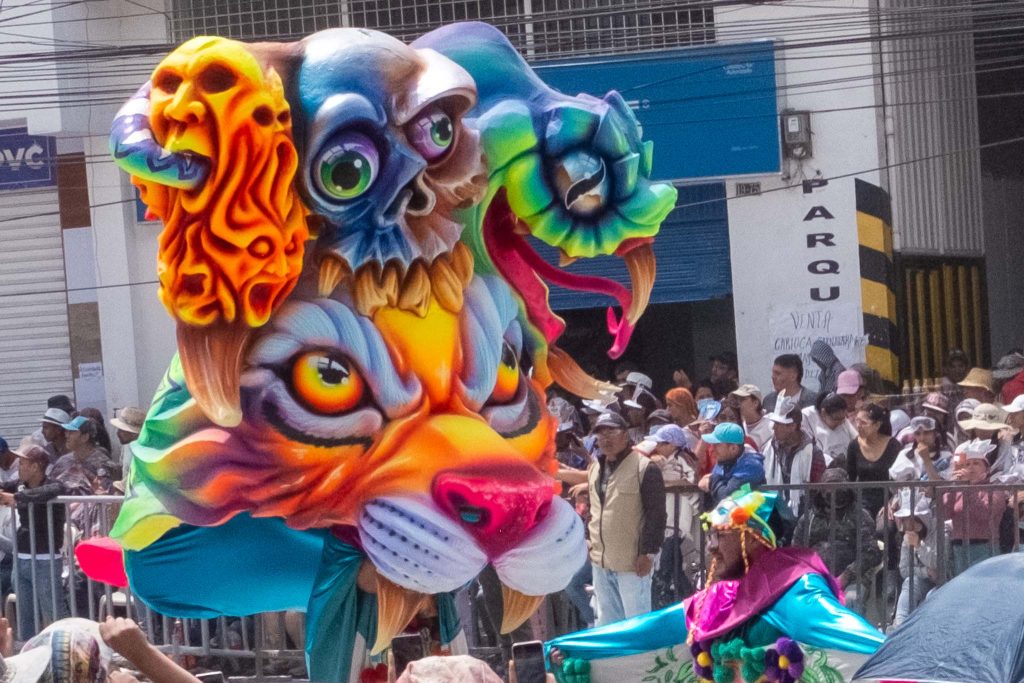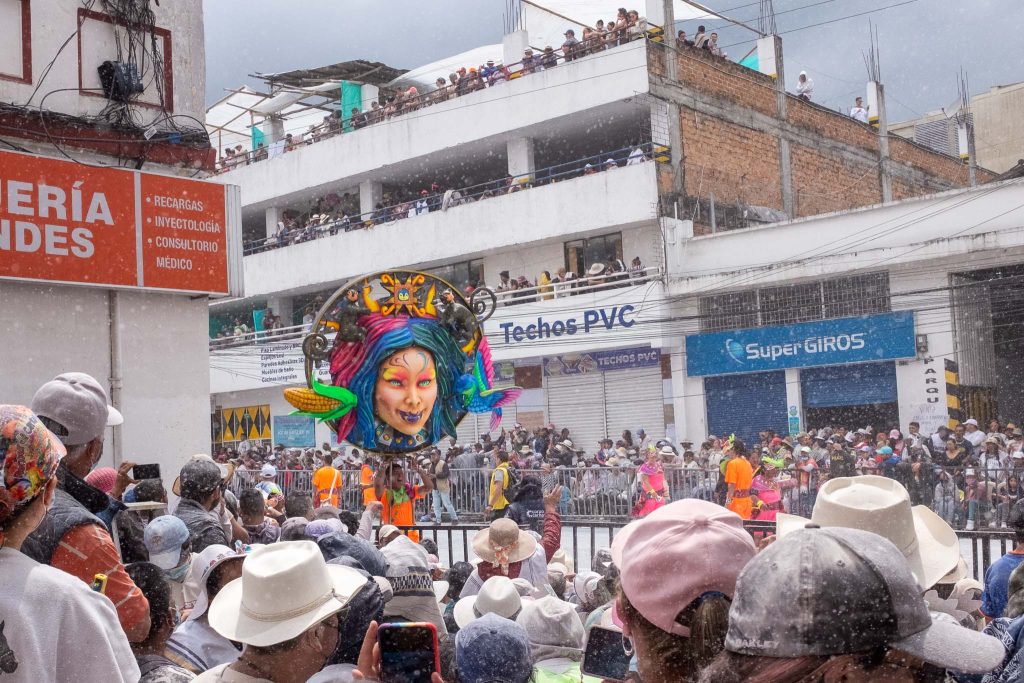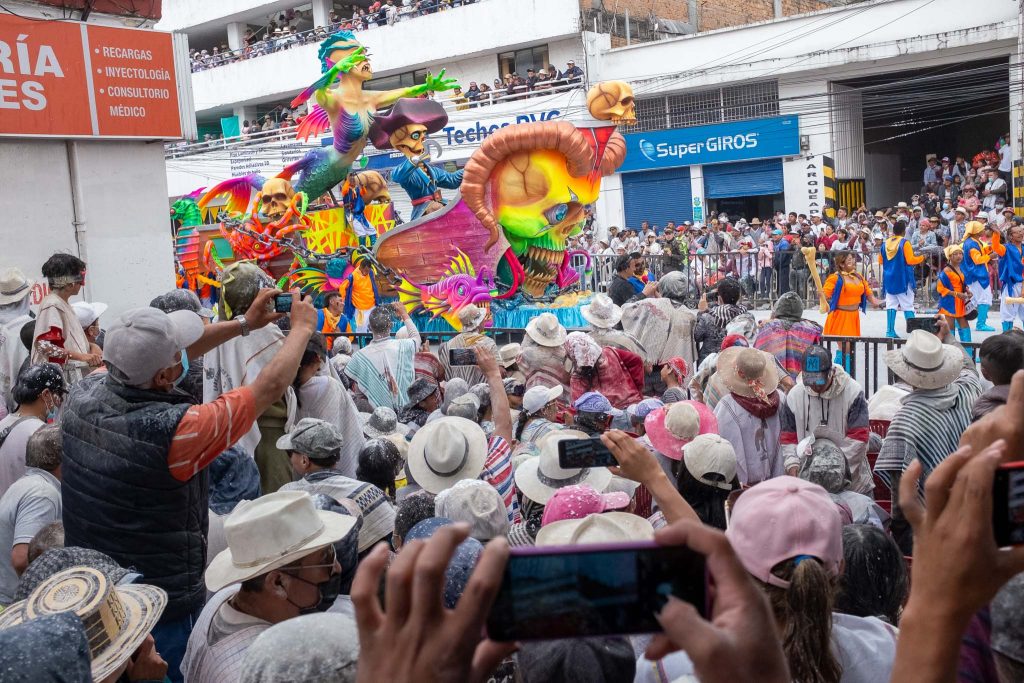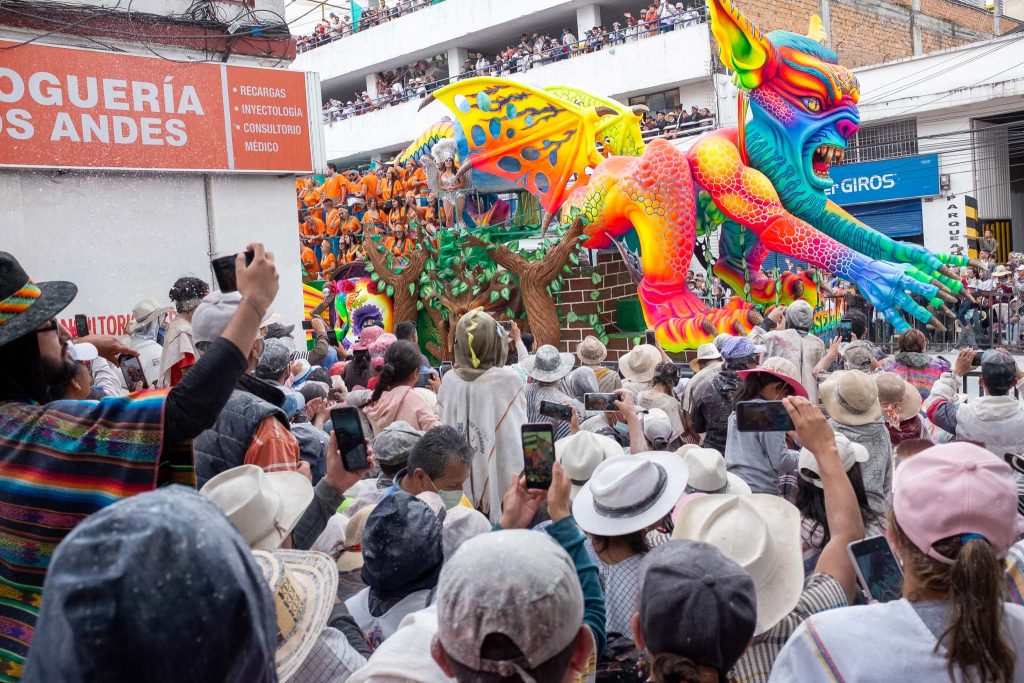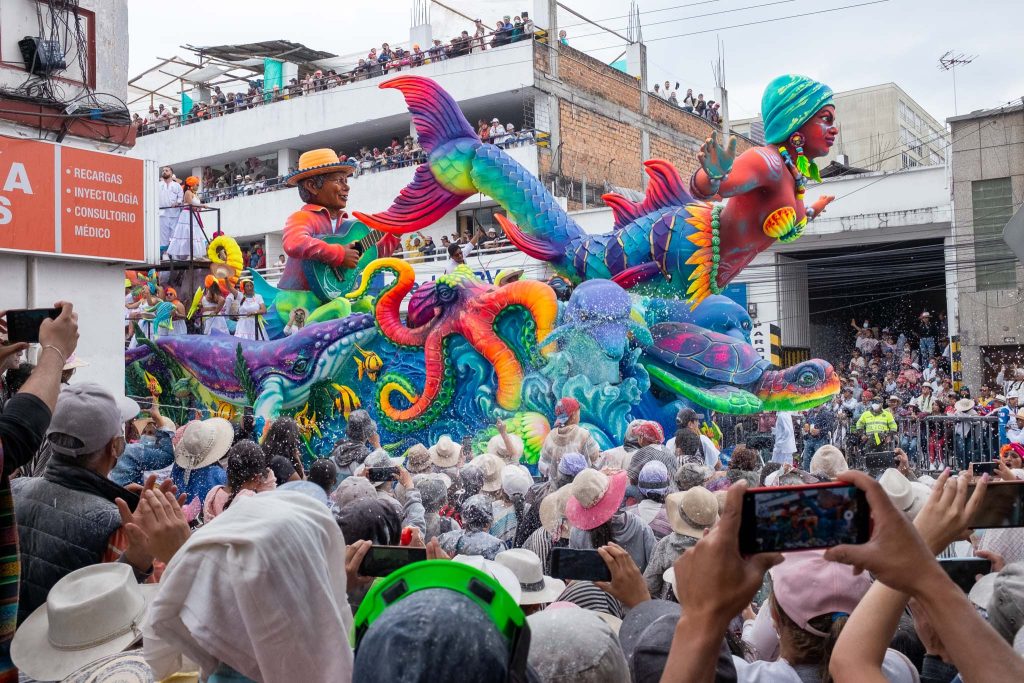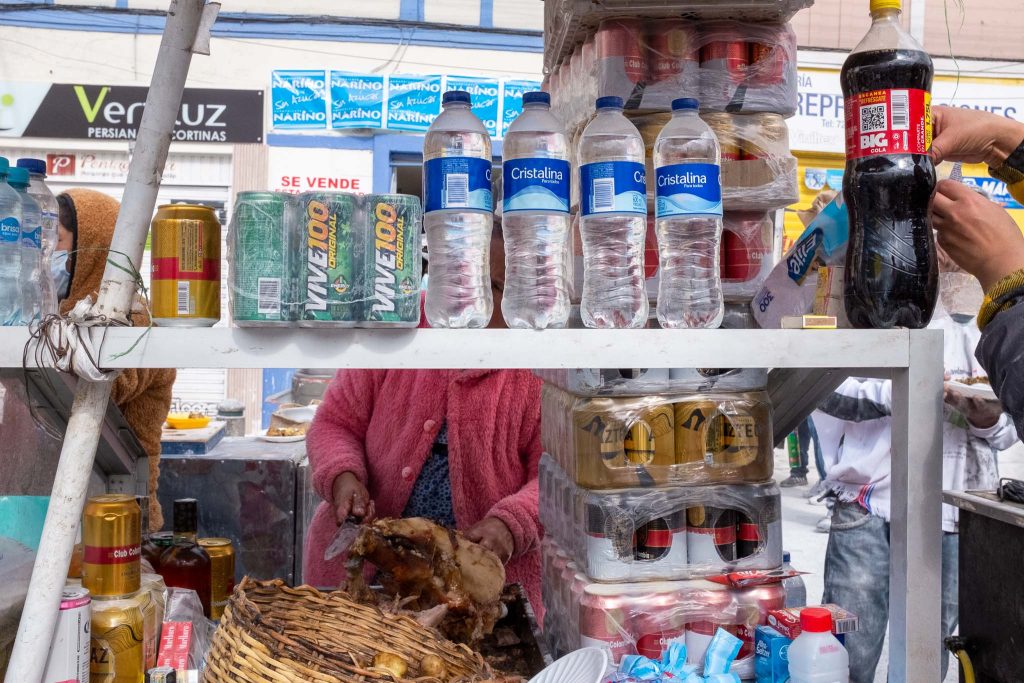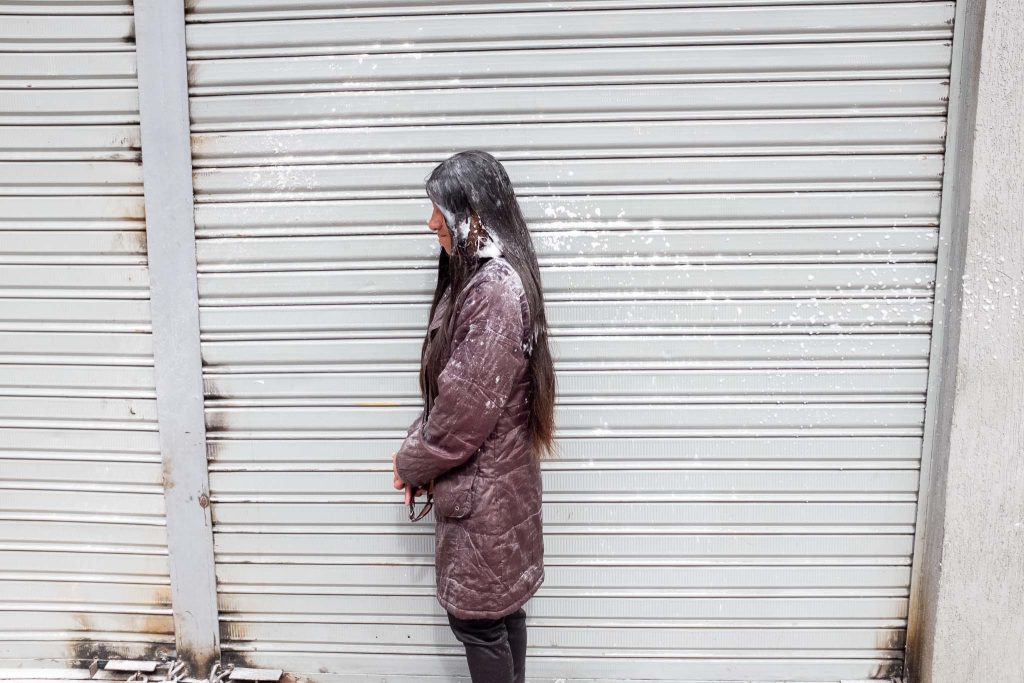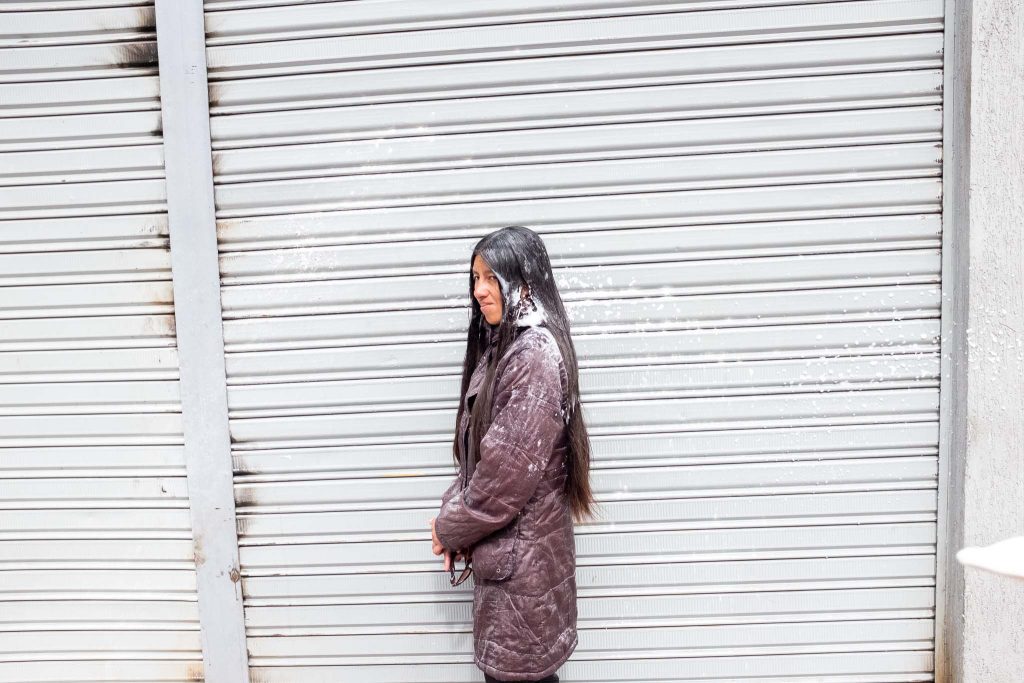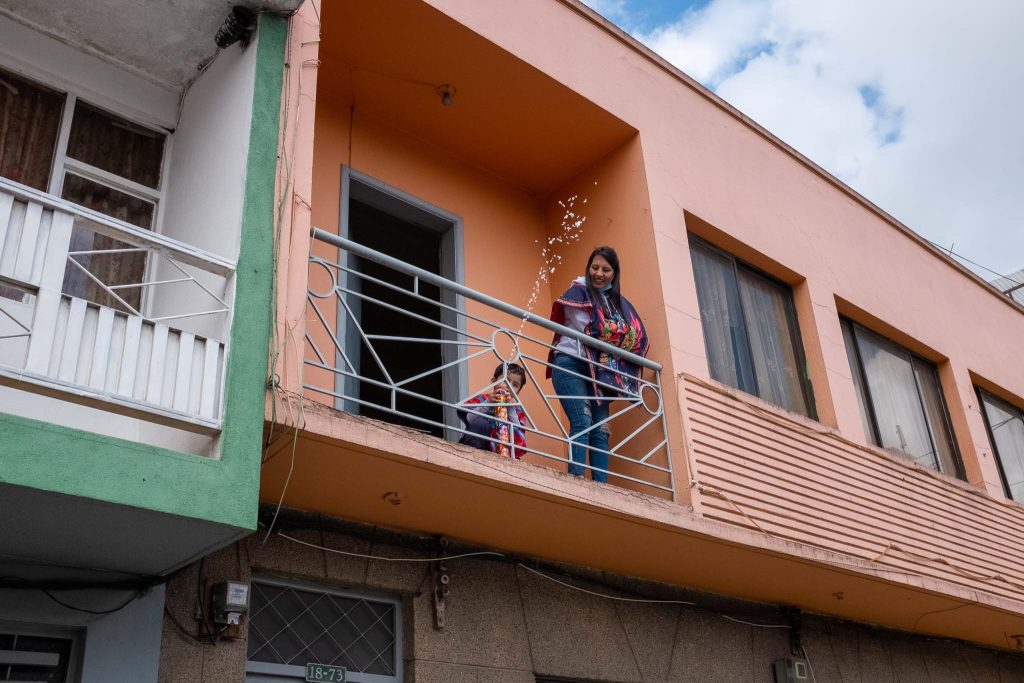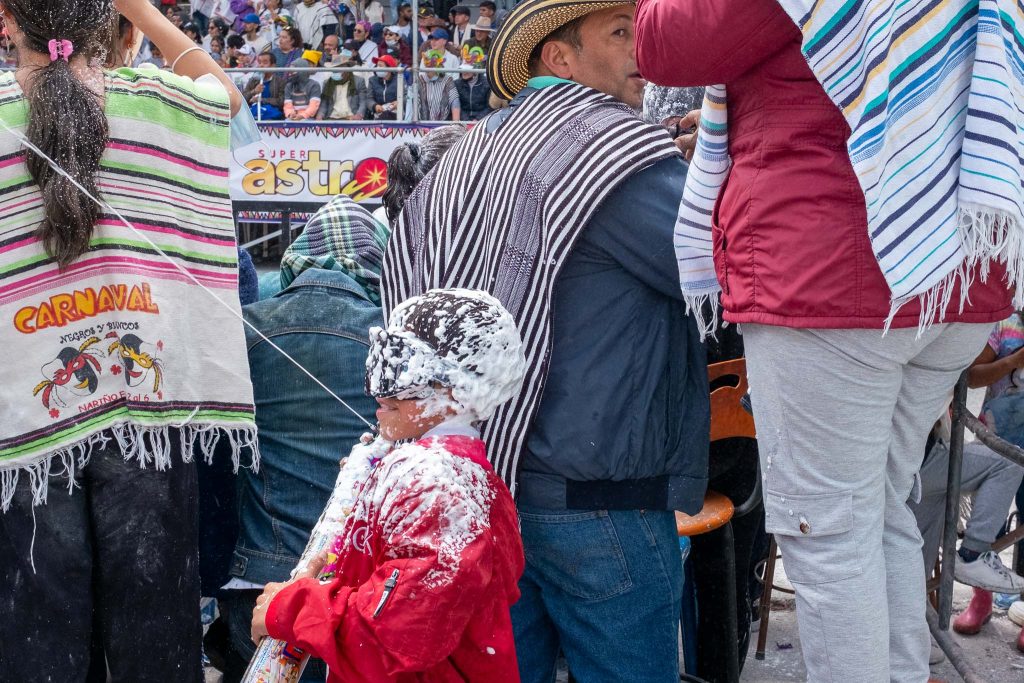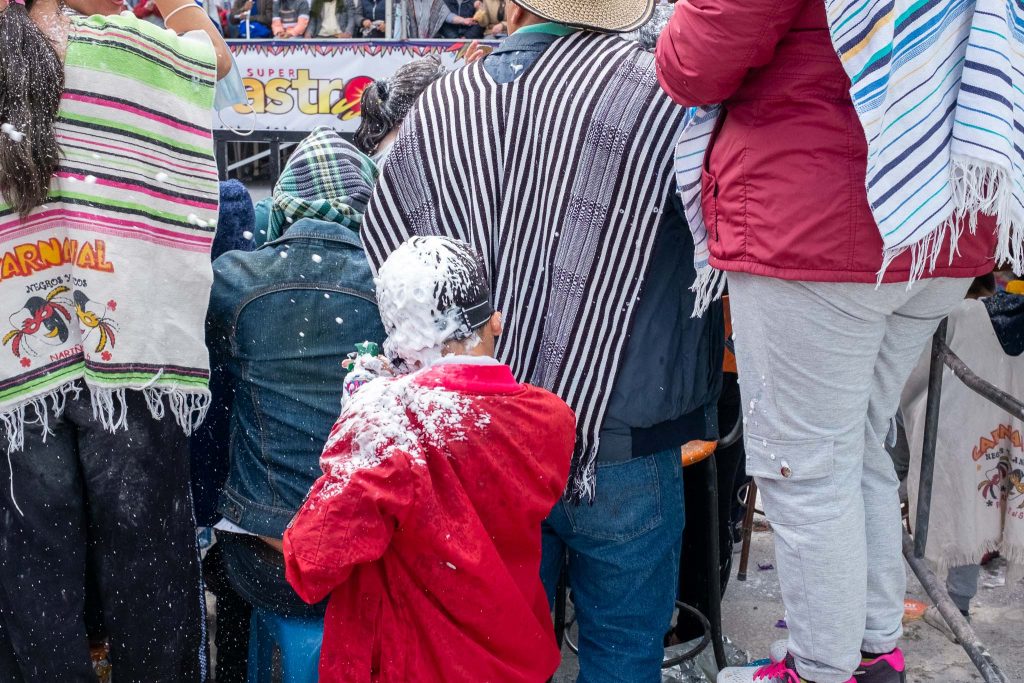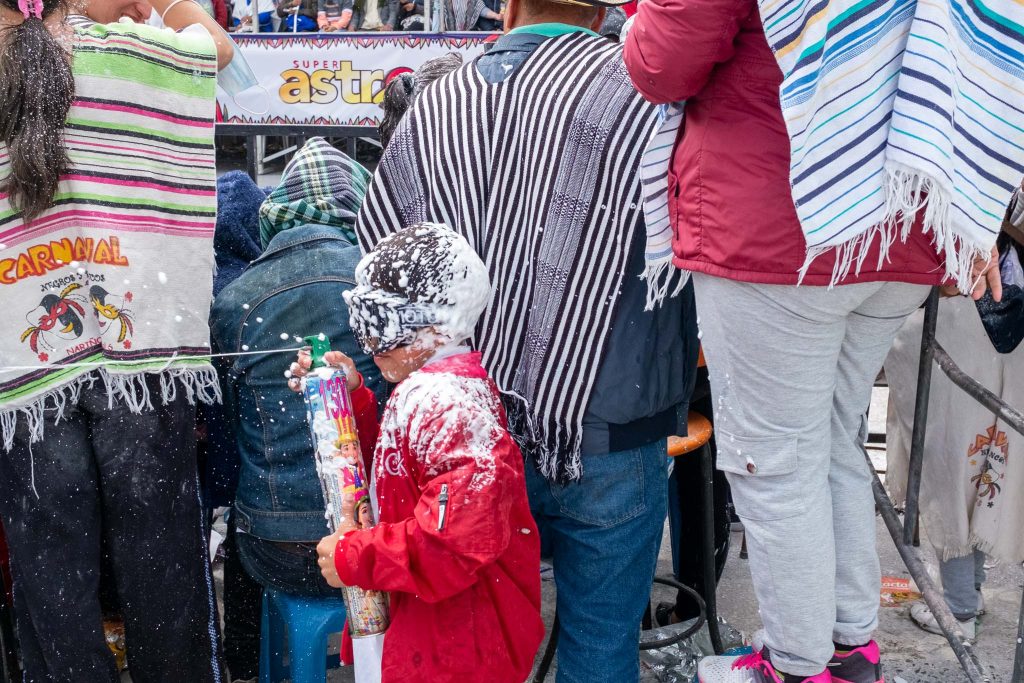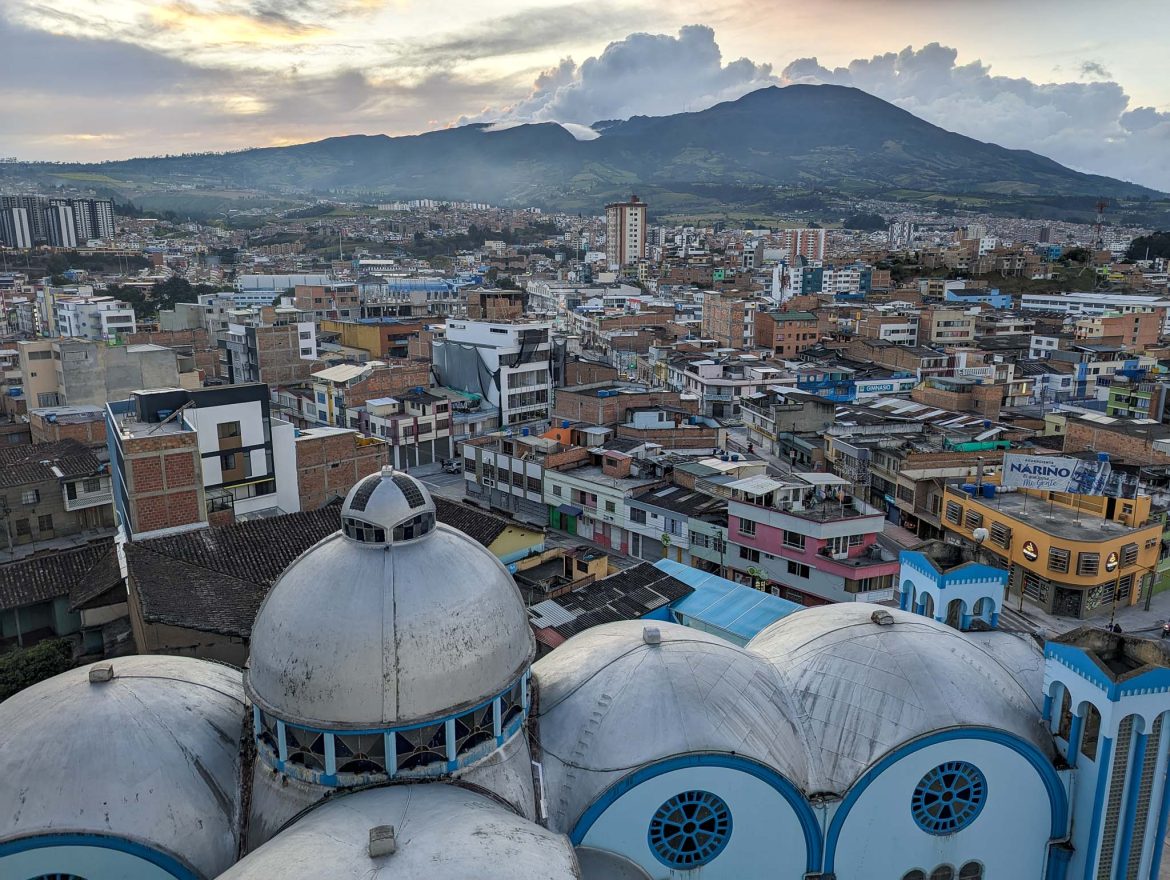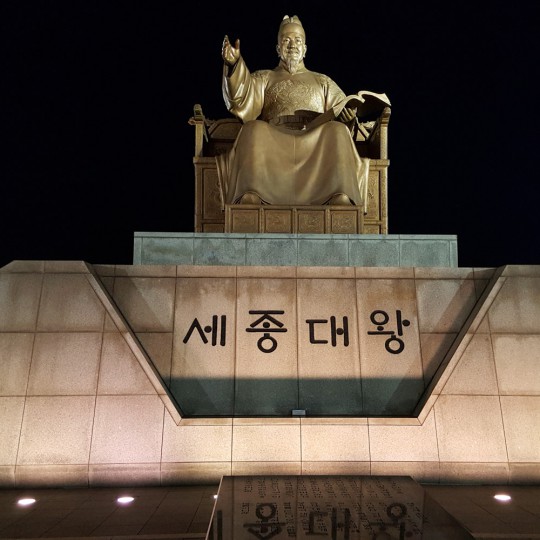The Negro y Blanco Carnaval is celebrated in the beginning of January every year in Pasto, Colombia. The carnaval is a historic and cultural tradition going back hundreds of years to when slaves existed in Colombia. The festival lasts a week but the two most important days are Black day and White day when people cover eachother’s faces in black paint, white foam and talcum powder. I’m not really sure the original intentions still hold up in the modern interpretation of these traditions, but the idea was to celebrate the ethnic diversity of Colombia by equalizing everyone’s race (if for one day a year) by taking on the guise of black and white. The Carnaval itself is the second largest in Colombia after Barranquilla’s Carnaval in February and has been on my bucket list ever since I first heard about it a few years ago.
Pasto is the capital of the southern department (or state) of Colombia called Nariño, which I had never visited before. Like Bogotá, it is at a high elevation of over 8,000 feet (2500 m) and so the weather is considered cold, often cloudy, and often wet. The culture of Pasto and Nariño is similar to Ecuador — so much so that it really felt like I was in Ecuador and not Colombia. The traditional music is much different from the Vallenato, Salsa, Cumbia, and Merengue I associate with Colombian culture. Here’s a sample I recorded during a public performance in the main carnaval square :
I stayed 5 days in Pasto and navigated the city on foot, getting an organic sense of the city’s personality by experiencing it firsthand. The Carnaval of Black and White certainly did not disappoint — as it was quite an adventure.
Firstly what I may have initially intuited as a playful game of “color each other with white and black” during the Carnaval is anything but. It might be like that for the upper classes who pay for bleacher seating alongside the parade route, but for the rest of us stacked twenty deep on the ground peeking over one another for a glimpse, The Carnaval is a veritable war zone. Combatants armed with small bags of white talco powder and carioca (anything referring to ‘Carnaval’ traditionally, but in the context here referred only to this:) comprised of giant cans that shoot a foamy bubble cream onto others. This ritual of attacking others with foam and talcum is known as “the game” and whether or not you want to participate in the game, you will participate in the game. If you do not arm yourself with talco and carioca you will be targeted by roving squads of children and young adults and be aggressively covered in both — be you visiting tourist, elderly, pacifistic grandmother, well-dressed, refined people, etc. I learned this first hand after exiting my taxi, suitcase hung over my right shoulder, staring at my phone trying to orient myself to my apartment building. A young girl, 8 years old maybe, walked right up to me, stared me in the eyes and sprayed my chest with a foamy blast of carioca. “Bienvenido a Pasto!” she seemed to say.
My first two days I spent as a spectator learning the rules of engagement. The most common form of attack is upon a passerby. Not a direct assault, instead you wait until a target passes just beyond perpendicular to you and your buddies lounging against a wall, seemingly disinterested. At this point, you throw talcum powder into their eyes and if possible onto the top of their head, and if possible, down the back of their shirt, while someone else aims their can of carioca directly into the victim’s face and sprays it with a generous offering.
Initially, I found this all very rude. I watched unsuspecting, unprepared passersby who were navigating crowds in order to catch a glimpse of the parade, get ambushed and verily desecrated. Grandmothers covered in the white stuff, their elegant outfits and age, disrespected. The more I watched though, the more I seemed to understand a subtle psychological, cultural nuance that initially would be difficult to recognize. Sure there were teenagers flirting with the opposite sex by covering them with carioca, and timid, under-powered representatives of the younger class covertly, aggressively attacking people. All of that was sort of obnoxious, and the interesting thing came about when a woman fought back.
She was about 16 years old and understandably annoyed when a teenage boy attacked her from behind with powder and carioca and spread paint across her face. After enduring the initial onslaught he, he continued to pour talco on her hair. She turned, confronted him and made attempts to kick and punch him while yelling. It became a scene; the hundred of us, crowded around waiting for the parade procession to begin, were watching. What happened next was surprising — had this occurred in the USA I have no doubt the boy would be reprimanded and made accountable to apologize yada yada yada. But instead what happened, the crowd turned on the girl and doubled the attack – yelling at her for being a bad sport. She was forced to flee the scene as her protestations fell on deaf ears and the attention only increased with her recalcitrance. She was assaulted with talco, carioca and humiliated. Fascinating. It seemed to me, playing the part of amateur anthropologist studying group social dynamics in Nariño, that the obligation was to take your licks and not cry about it. Certainly much different than the USA.
